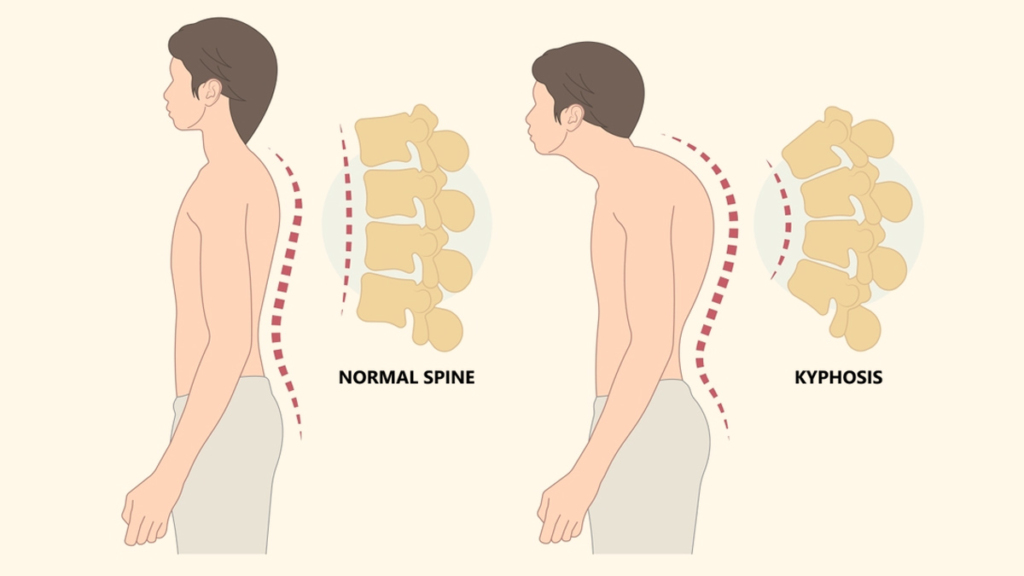Jump to Neck Hump Exercises
- Neck Hump Exercises
- Primal Movements
Contrary to what most people see on Instagram, being a digital nomad is not all hiking remote forests and swimming in mountain lakes. To make the nomadic lifestyle work, you have to work – and for most of us, that means some kind of laptop-based job.
But if you work while traveling, it’s hard to have a laptop setup that’s ergonomically good for you. Us digital nomads are usually at the mercy of whatever desk setup our hostel, camper van, hotel or AirBnb can offer. And there’s no denying we all work from airplanes or vehicles on occasion–definitely not the most comfortable.
Which leads me to: tech neck. One of the most common ailments associated with computer work or looking down at your cellphone constantly is “tech neck”, or a neck hump. It’s the less-talked about cousin to other ailments such as carpal tunnel, lower back pain or sciatica.
In this article, we’ll talk about neck hump: what it is, how it’s caused, how to get rid of it, and how to maintain your spine health while doing remote work.
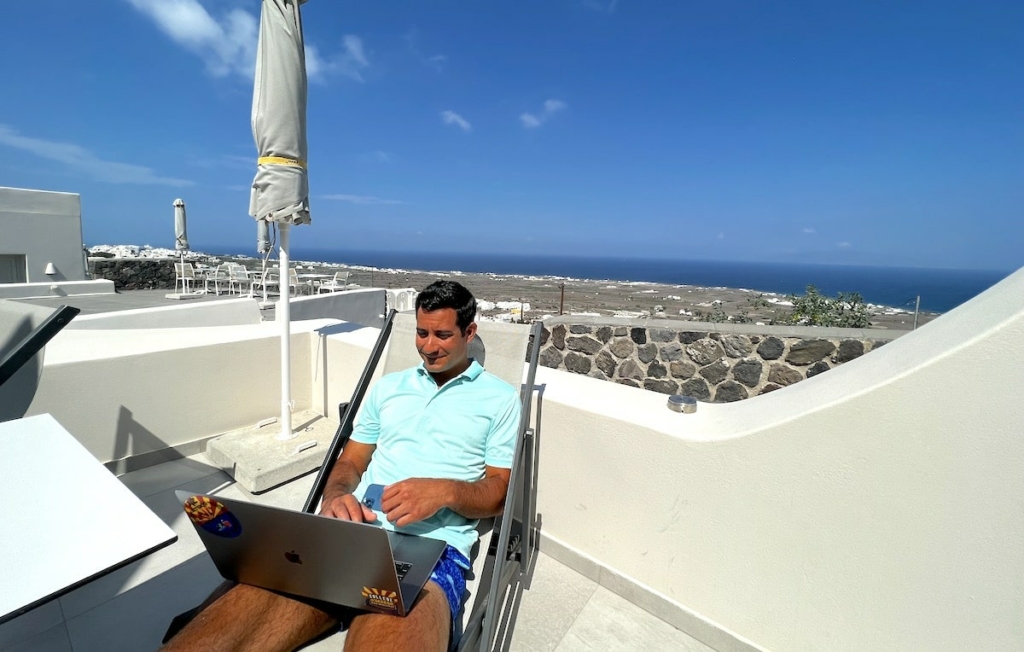
What is a “Neck Hump”?
Neck hump – also called buffalo hump or dowager’s hump – is a medical condition known as postural kyphosis or Scheuermann’s Kyphosis. It is characterized by the appearance of a hump on the back of the neck when a person is standing up straight, usually combined with the head jutting forward.
Neck hump is often an indication of poor posture, and is particularly troublesome for those who spend long hours bent forward over a laptop or computer screen.
To be clear: a neck hump is not necessarily tech neck, and vice versa. While you can develop a neck hump from longterm tech neck (due to bad posture), you can also have medical conditions that predispose you to developing neck hump.
What Causes a Neck Hump?
There are several causes of neck hump, and not all are posture-related. While a hump on the back of the neck could indicate poor posture, there are other possible causes, including underlying medical conditions such as disease, obesity, or a congenital problem.
For most people, neck hump is caused by an excessive forward curve of the spine. You can tell if you have it by checking out your profile in a mirror. If your back is a rounded hunch with your head forward, you most likely have neck hump.

In addition to the hunch, you may also experience other symptoms of sitting with poor posture for extended periods. These include rounded shoulders, tight hamstrings, pain or stiffness in your back or shoulder blades, extreme fatigue, and headaches or migraines.
Diseases like Madelung’s Disease and Cushing’s Disease can cause neck humps, as can cervical lipodystrophy caused by HIV medication. Obesity, osteoporosis, and genetics can also contribute to neck humps, so it’s important to rule any of these conditions out with your doctor before taking the steps outlined in this article.
How to Get Rid of Your Neck Hump
If you’ve determined that your buffalo hump is caused by poor posture, the good news is that there are fairly straightforward ways to fix it. Some simple exercises and posture changes and strengthening your upper back and neck muscles will go a long way in addressing or reversing your dowager’s hump.
For most people, neck hump is caused by an excessive forward curve of the spine. You can tell if you have it by checking out your profile in a mirror. If your back is a rounded hunch with your head forward, you most likely have neck hump.
Exercise 1: Chin Tucks
Chin tucks are one of the easiest exercises to work on for dowager’s hump. The name “chin tucks” something of a misnomer: make sure you are not actually tucking your chin. “Backwards neck extension” might be a better name for it! To do a chin tuck, pull your chin straight back, like you’re trying to pull your head away from something in front of you.
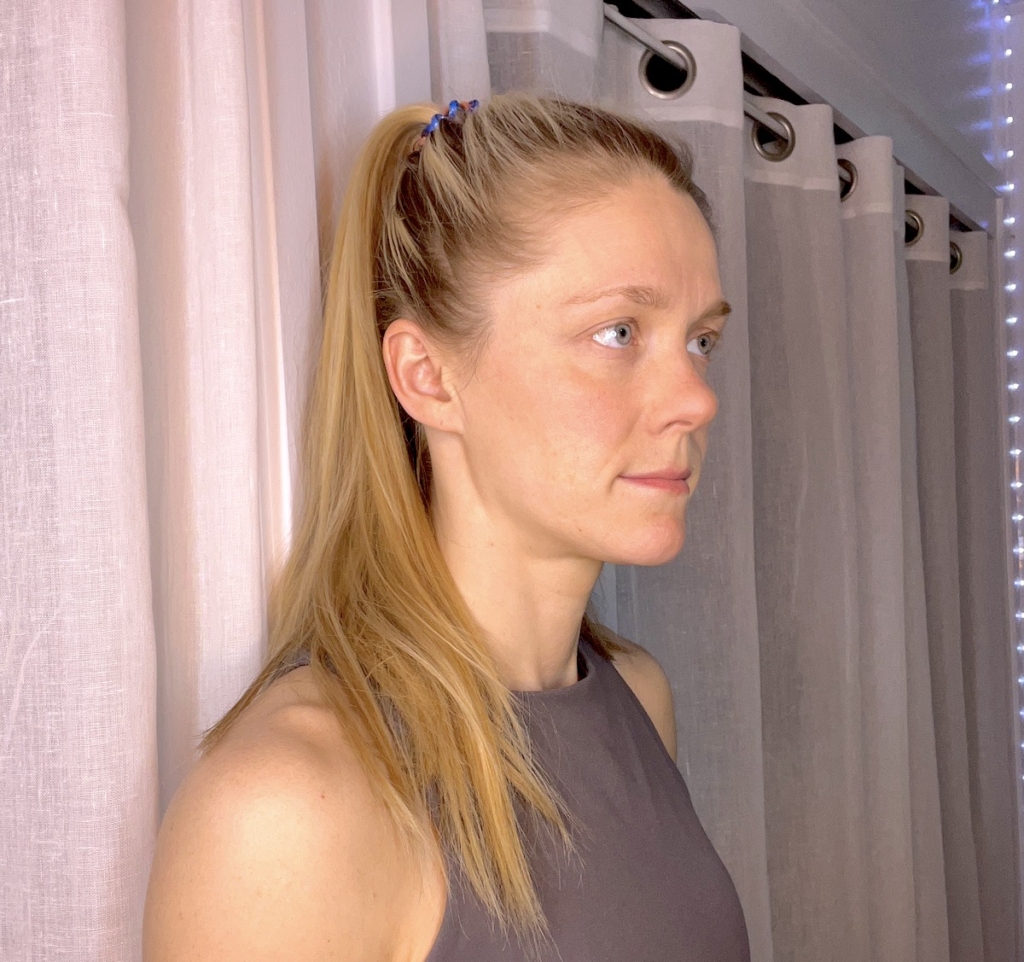
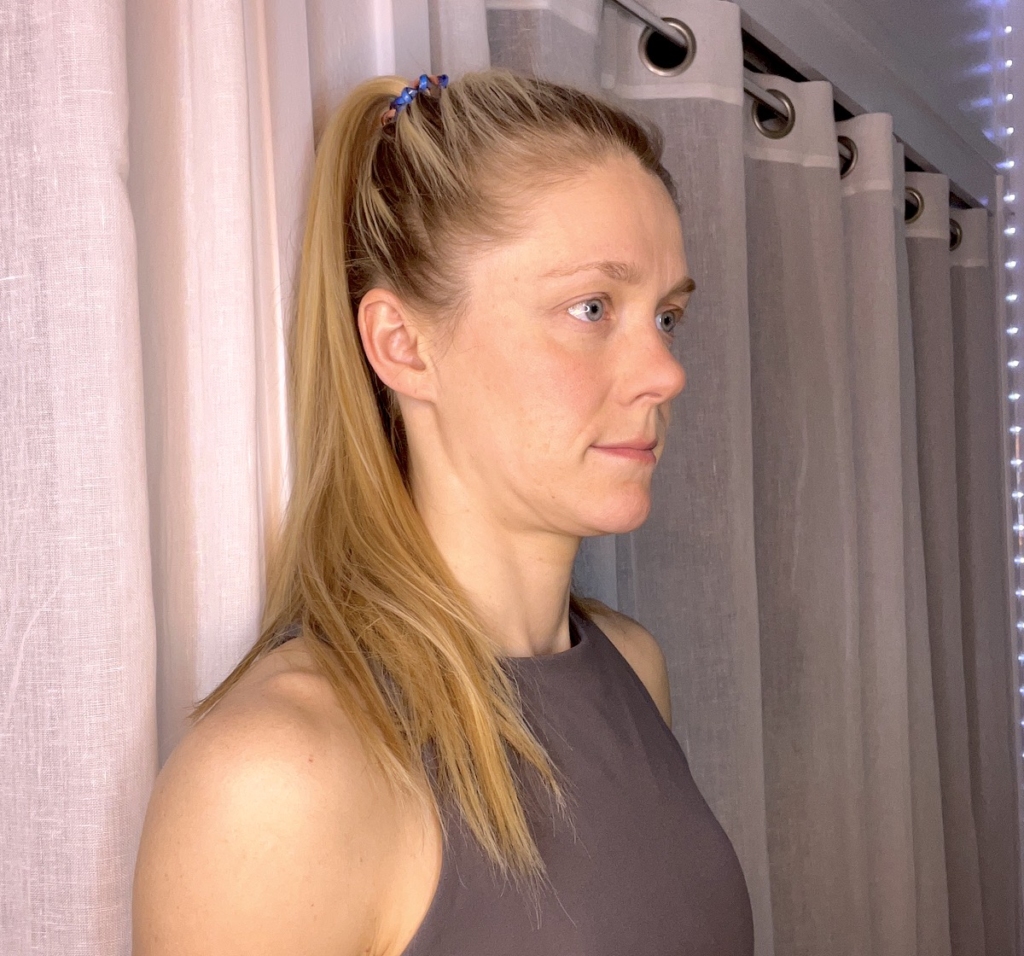
Chin tucks strengthen your neck muscles and are good for the discs in your upper spine. For best results, do three sets of ten daily.
Exercise 2: Scapular Squeezes
Scapular squeezes (AKA shoulder blade squeezes) help strengthen muscles in your upper back and shoulder blades. It’s best to perform them sitting down, with upright posture. Squeeze your shoulder blades together and hold for five seconds, then release. Keep in mind that scapular squeezes are a very subtle movement, so avoid over-extending your shoulders.
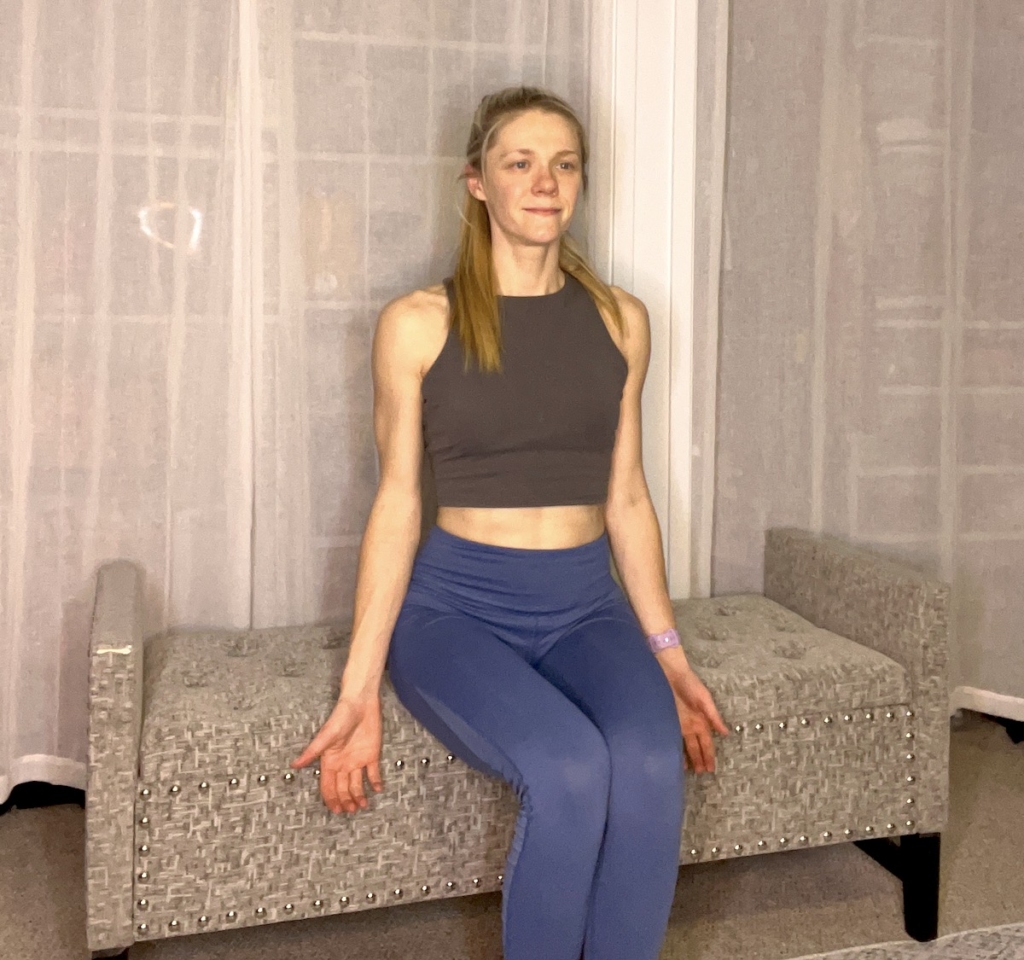
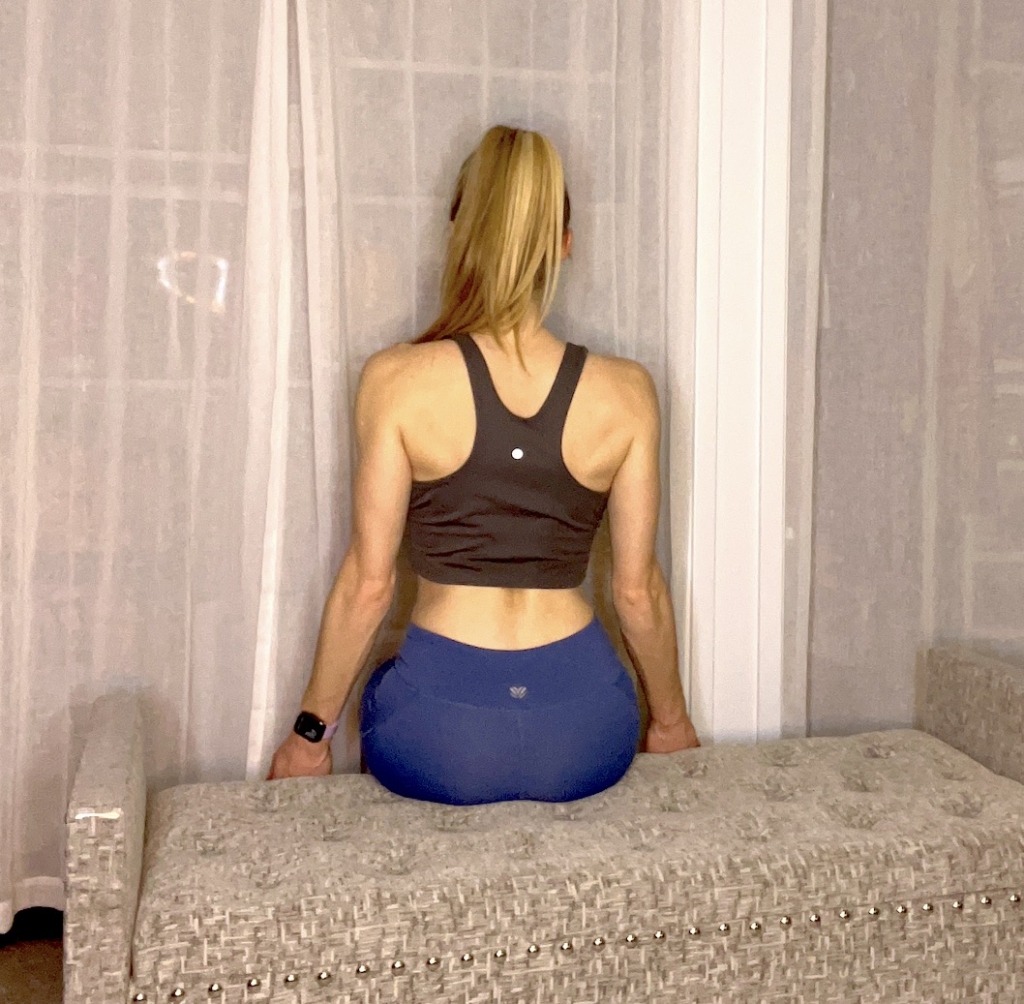
Do three sets of ten daily, followed by a minute or so of shoulder rolls.
Exercise 3: Doorway Pectoral Stretches
Dowager’s hump is caused not only by weak muscles in the neck and back, but also by tightness in your chest muscles. When you sit with bad posture, not only do your upper back and neck hunch, but the increased forward curve also contracts the muscles in the front of your body, causing them to become tight.
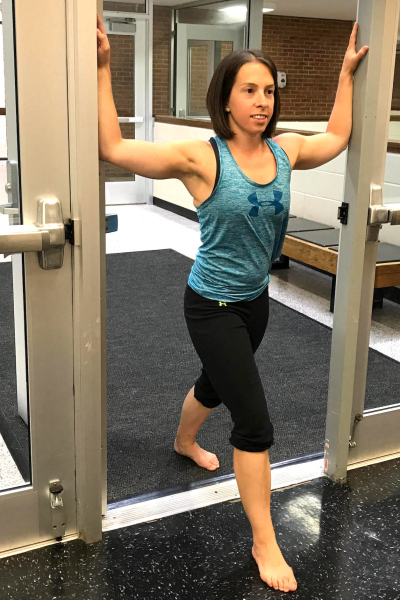
To perform a doorway pectoral stretch, stand in an open doorway, with your arms raised on either side of you to form a goal post shape. Place one palm on each side of the door frame and step forward until you feel a gentle stretch across your chest. Hold for twenty to thirty seconds.
Primal Movements
In addition to specialized exercises for neck pain and proper posture, incorporating regular exercise using primal movements in an excellent way to not only improve posture but also relieve tight muscles, improve bone health, and get rid of excess fat.
“Primal movements” are so named because they are basic movements that our bodies are hardwired to perform. They are things our ancestors would have had to been able to do to perform daily tasks – carrying children, lifting heavy objects, pulling themselves up, hunting, etc.
These can be done anytime, anywhere, without the use of special equipment – so you can do them outside (or at any gym if you happen to have a membership.) Best of all, they are simple, uncomplicated movements that incorporate a full range of motion and many different muscle groups.
The Squat
The squat is one of the most best exercises for improving lower body and core strength. It can be performed as a bodyweight workout or with extra load.
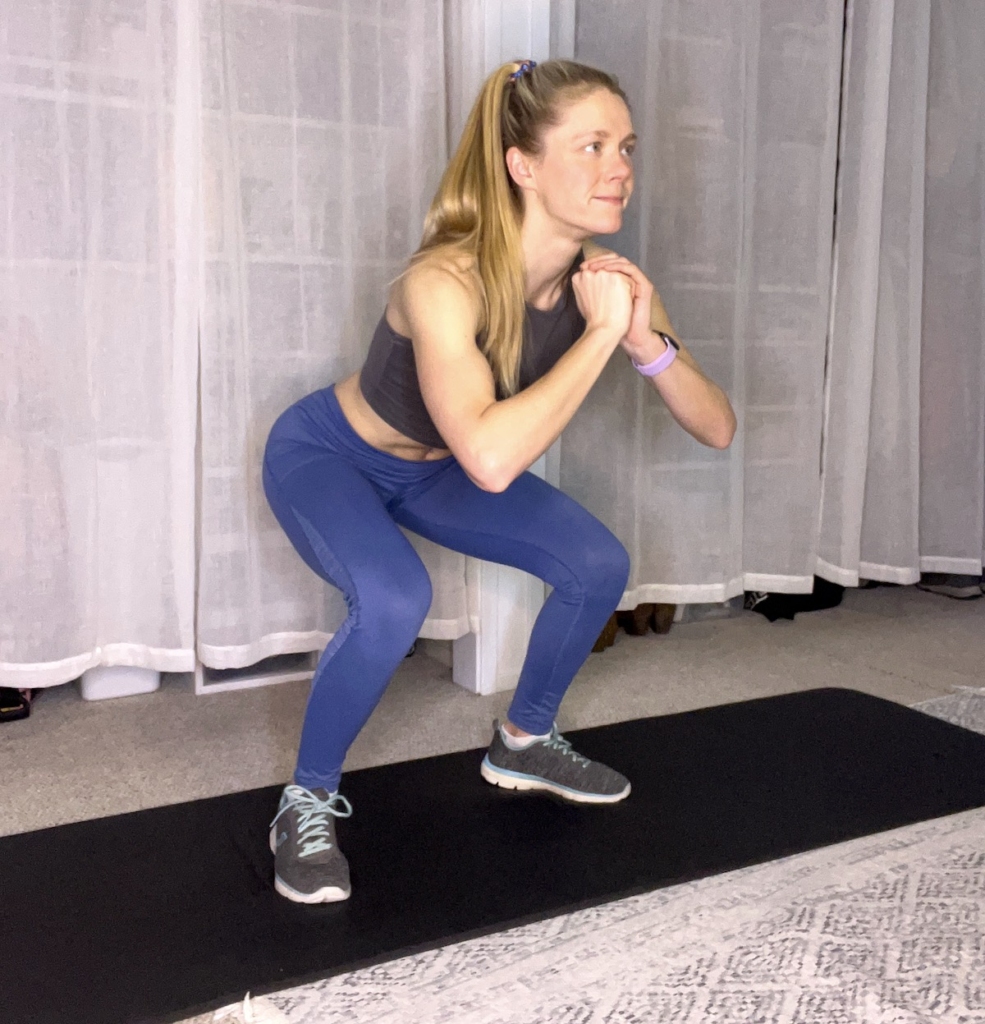
It’s important to learn how to squat properly. Keep your chest up and tighten your core. Keep your feet flat and your toes pointed slightly out, hip width or slightly wider. Squat as low as you can without leaning forward, then squeeze your glutes to stand.
The Lunge
The lunge is another excellent way to see posture changes, particularly if you have limited mobility. To perform a front lunge, step one foot in front of you and bend your knee deeply until you hit a ninety degree angle. Make sure your knee tracks directly ahead and does not go forward of your toes.
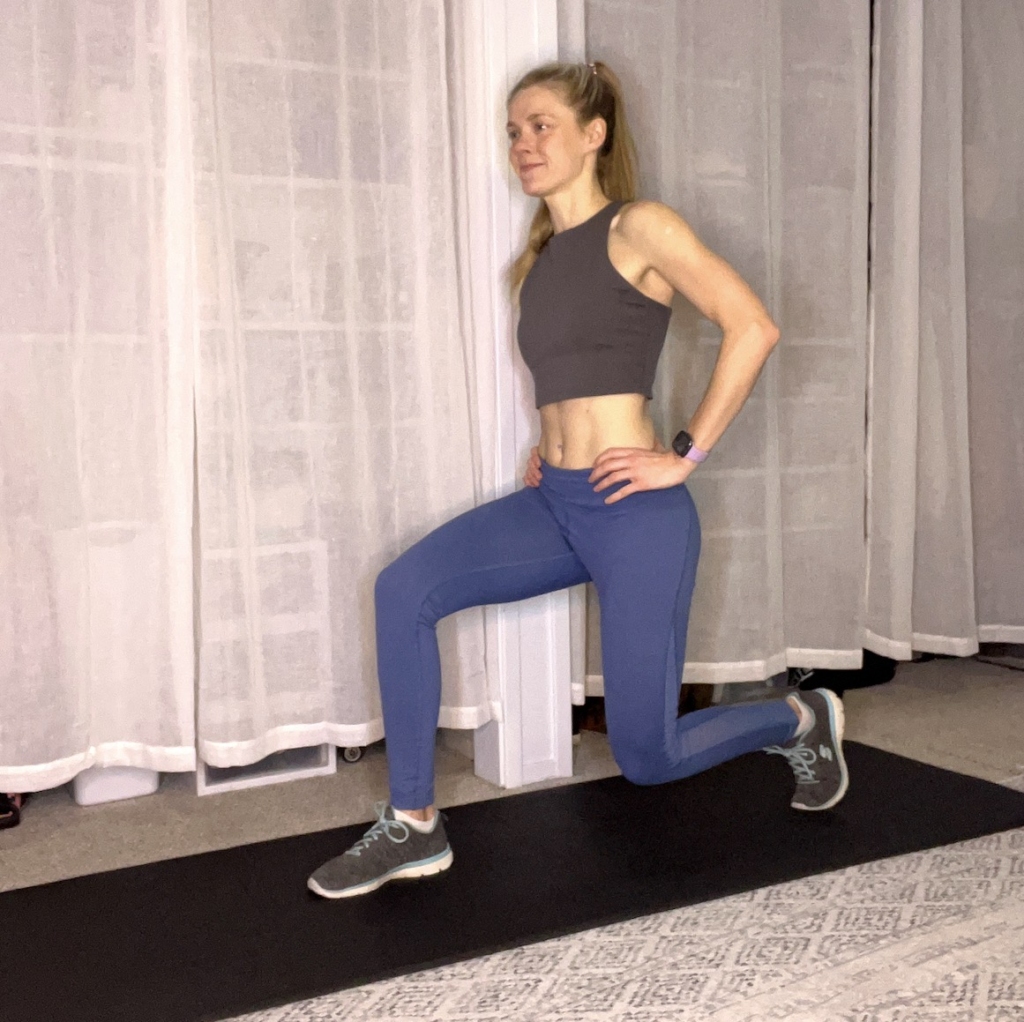
Squeeze your glutes and engage your core during this exercise.
The Pushup or Plank
Even if you can’t do a full pushup, pushups on your knees or even just holding a plank will strengthen your upper back, chest, lower neck, shoulders, and core.
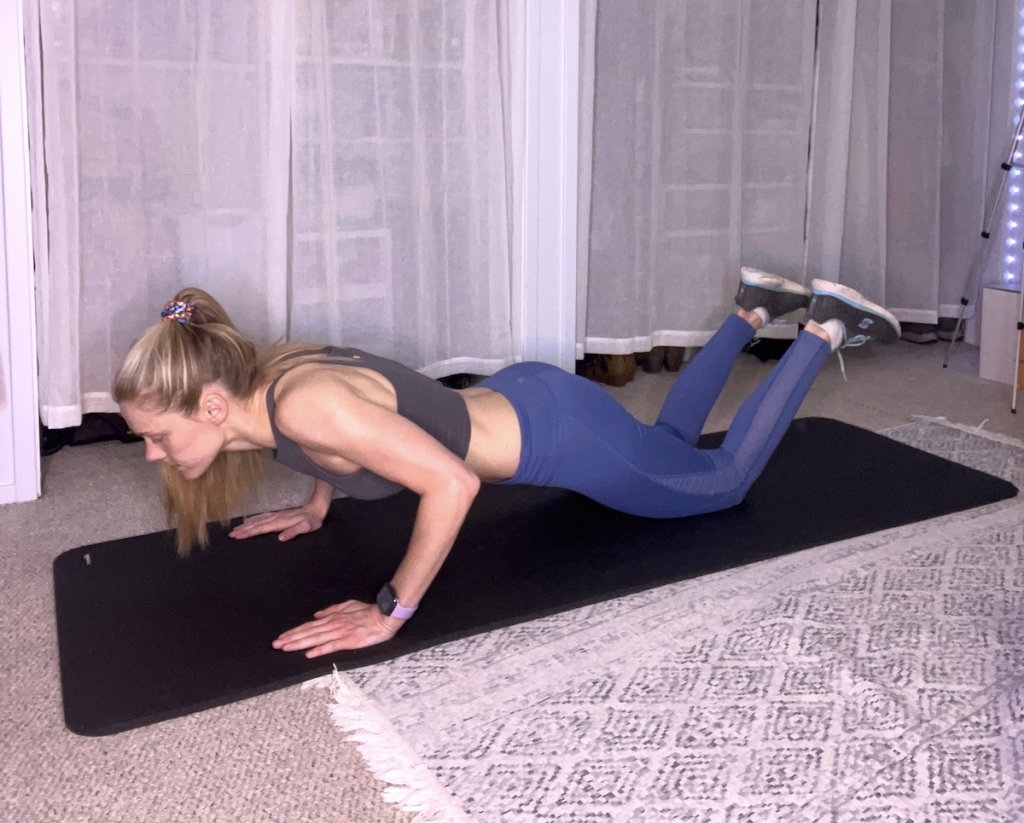
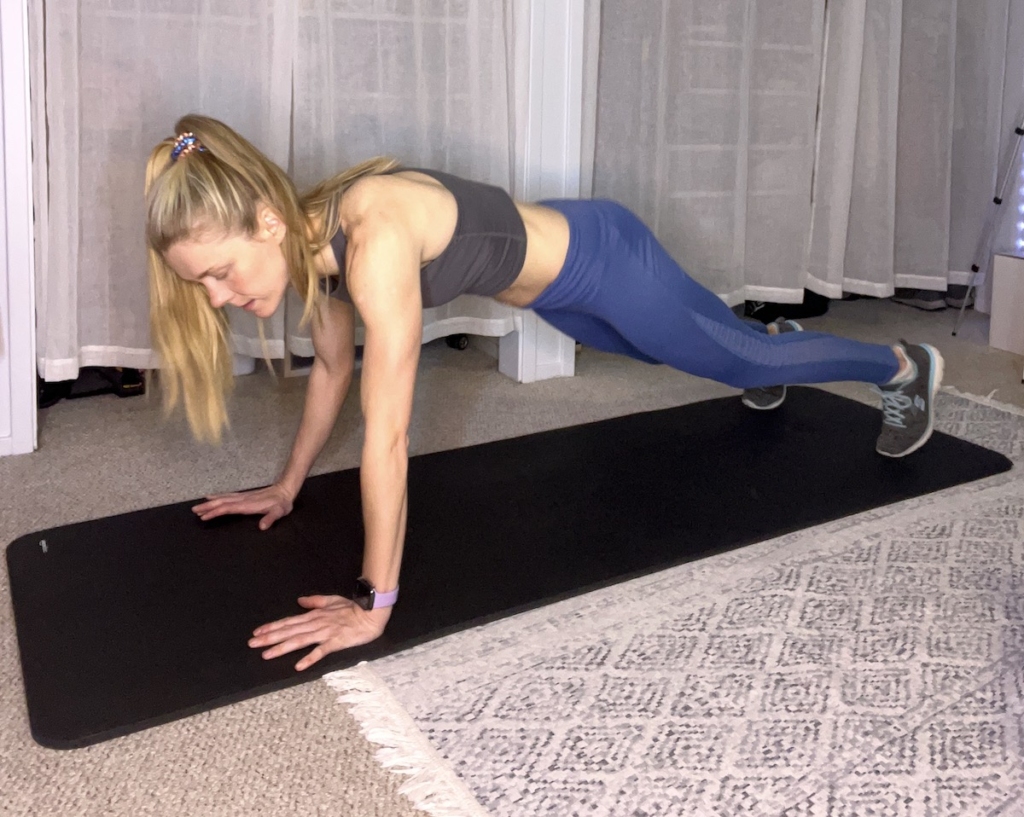
To do a pushup or plank from your knees, start on your belly and place your palms flat under your shoulders. Keep your elbows tucked in. Push your upper body up until your arms are straight. Engage your core. Push through your shoulders and keep your palms flat. Hold for a minute, if you can, or work up to a minute if you can’t.
The Pullup or Hanging
If you can’t do a full pullup, simply hanging under a bar (or tree branch!) is a fantastic way to improve upper body strength, which will in turn lead to more upright posture and correct neck hump. When you hang, make sure to engage your shoulders – pull them together and down your back – and your core.
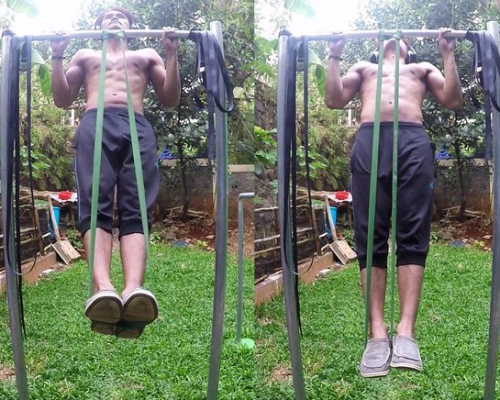
Once you’ve mastered hanging, you can scale up to a full pull up using resistance bands. Hang it around the bar and slip your feet into it. The elasticity of the band will support you and help to lift you as you pull yourself up. Start with a heavy band and decrease resistance as you improve.
Running or Walking
You may not have the patience for running, but walking is also a great way to get rid of excess fat and build strength. Just fifteen minutes of walking a day improves your health drastically. Many people don’t realize that you don’t have to be a marathoner to do cardio! Walking is incredibly effective, easy to do, free, and fun!

How to Know if You’re Improving
You may not see postural changes right away, but doing these exercises consistently should bring you pain relief, especially when it comes to the base of your neck and migraines. If you’re not seeing results, or you’re not sure you’re doing the exercises correctly, you may want to consider some physical therapy to get you on the right track.
With consistent work, you should start to see postural changes in three to six months. And remember: exercise not only improves your posture and physical fitness, it also improves your mental health. So what are you waiting for? Start reaping the rewards of primal movements today!

